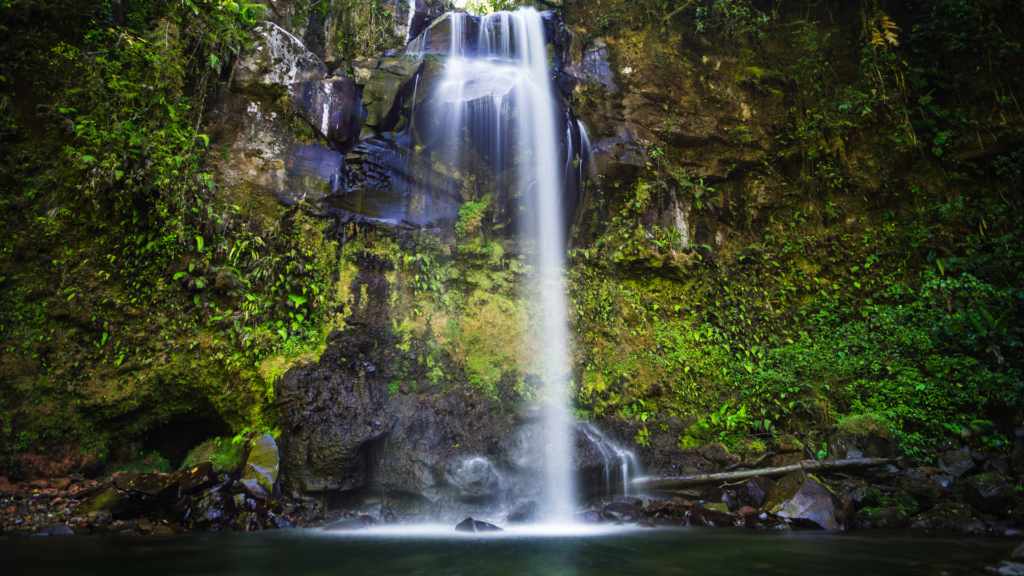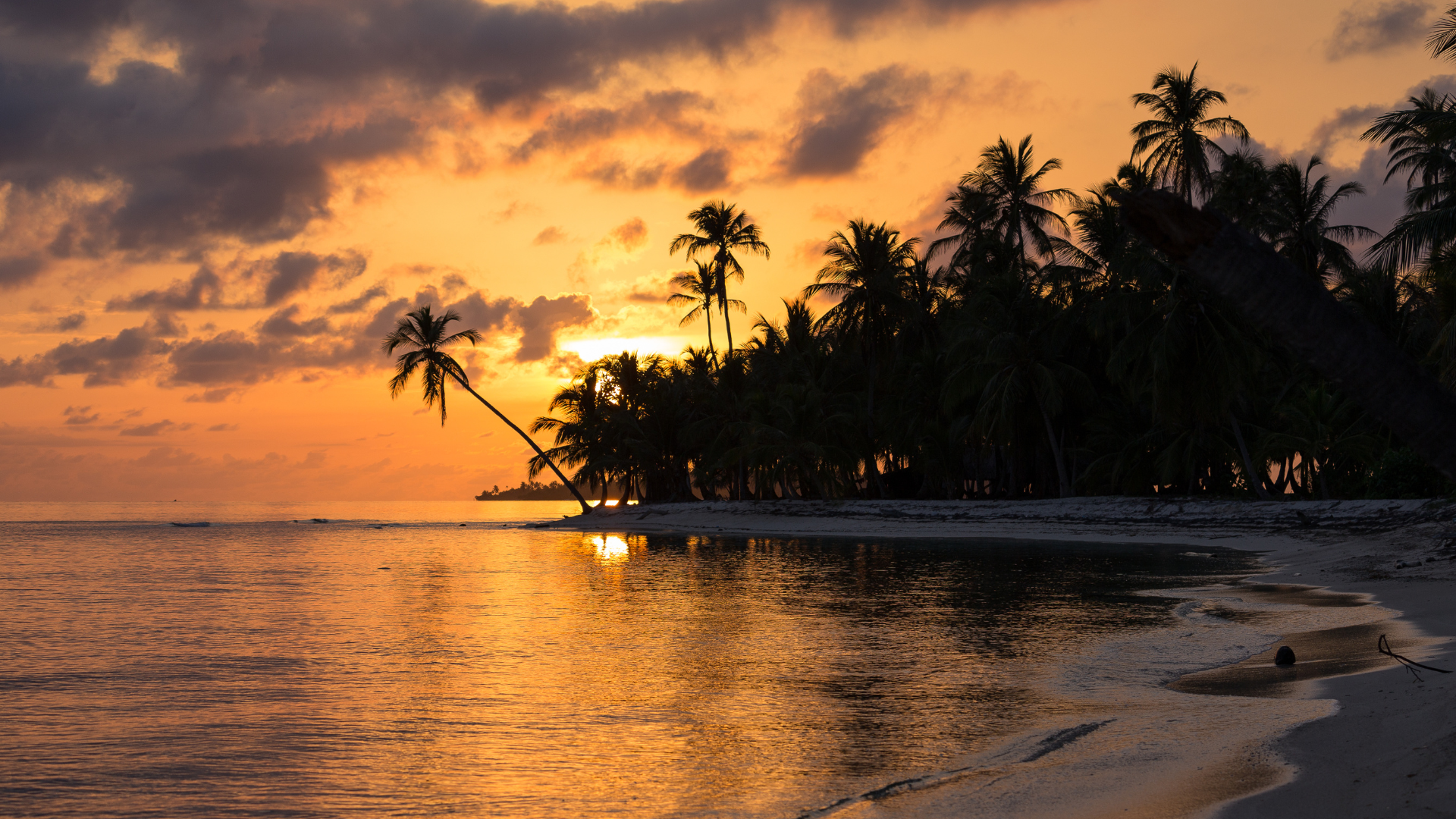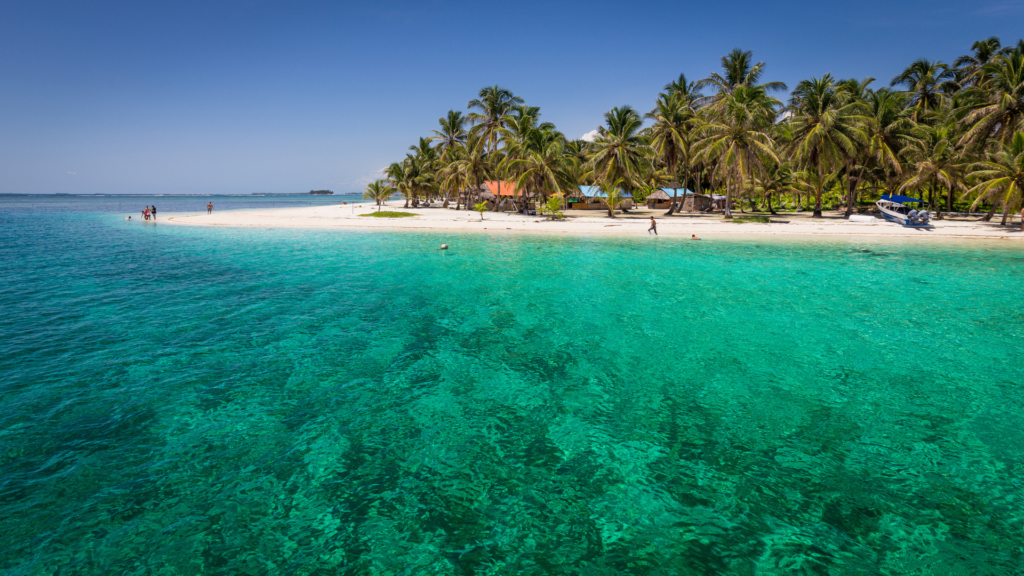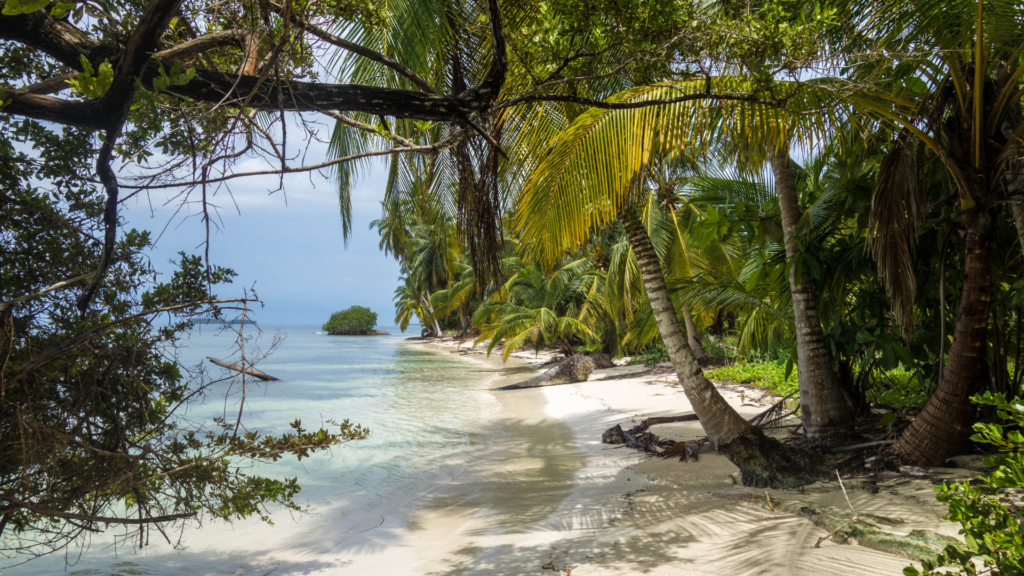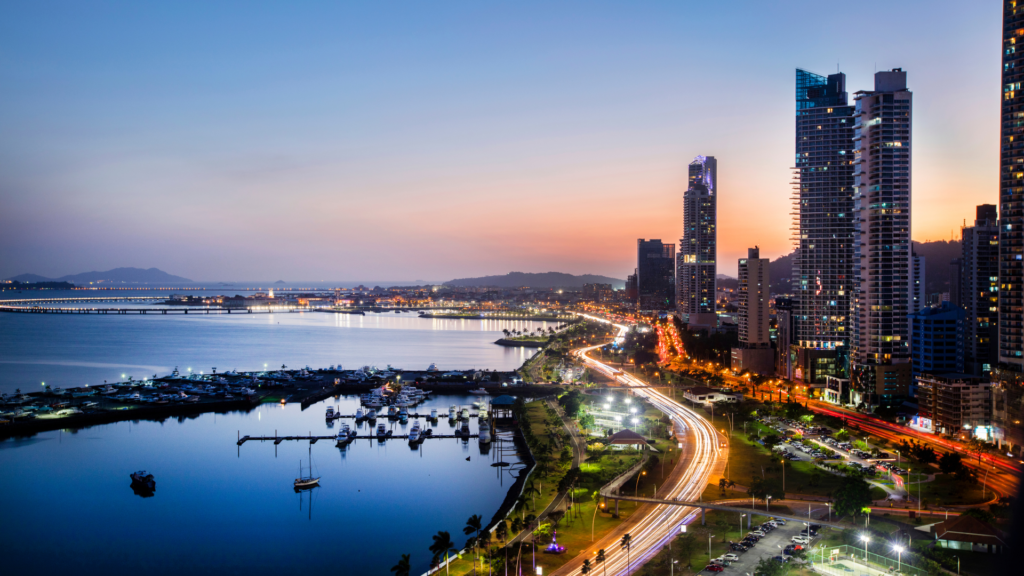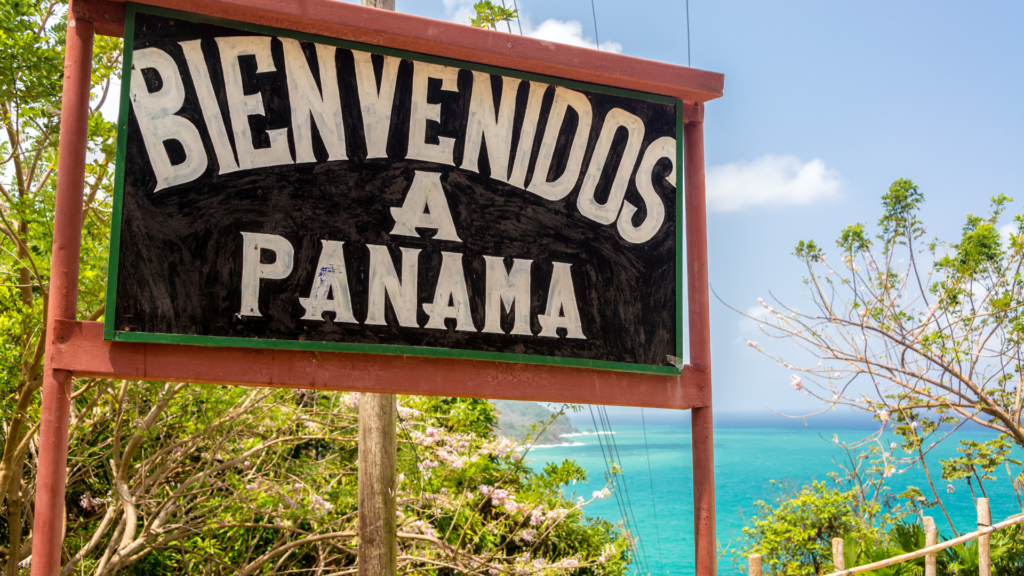
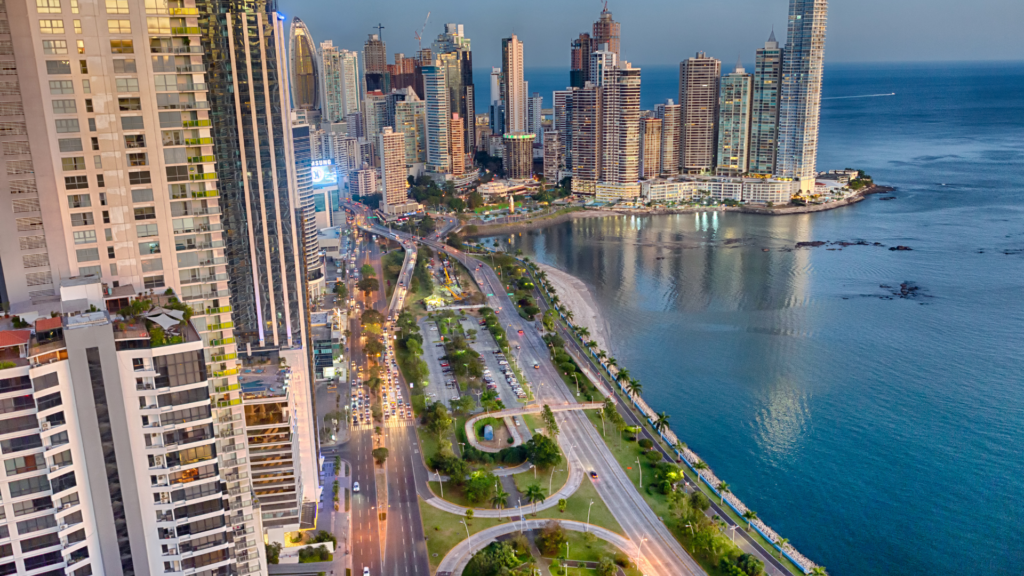
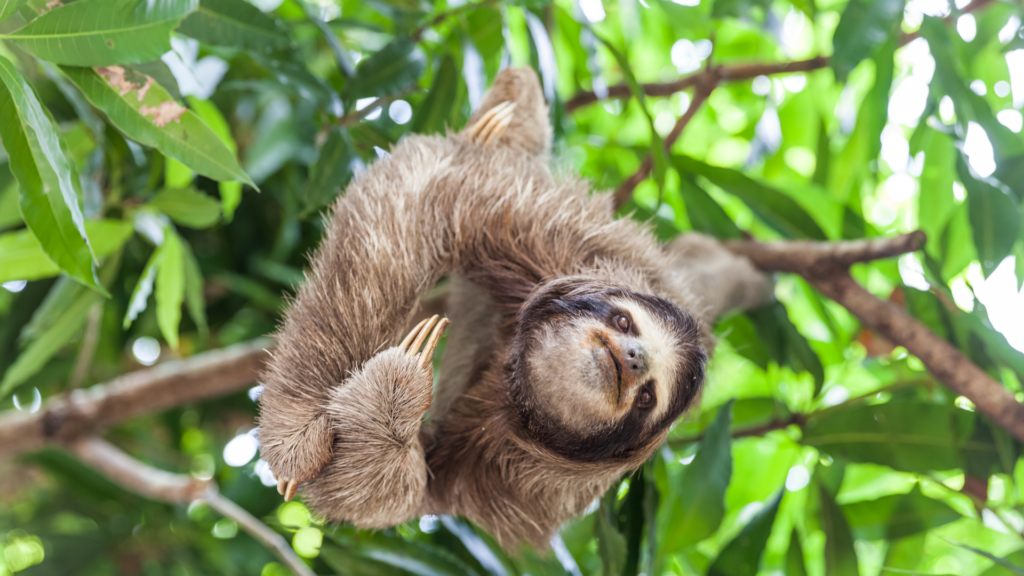

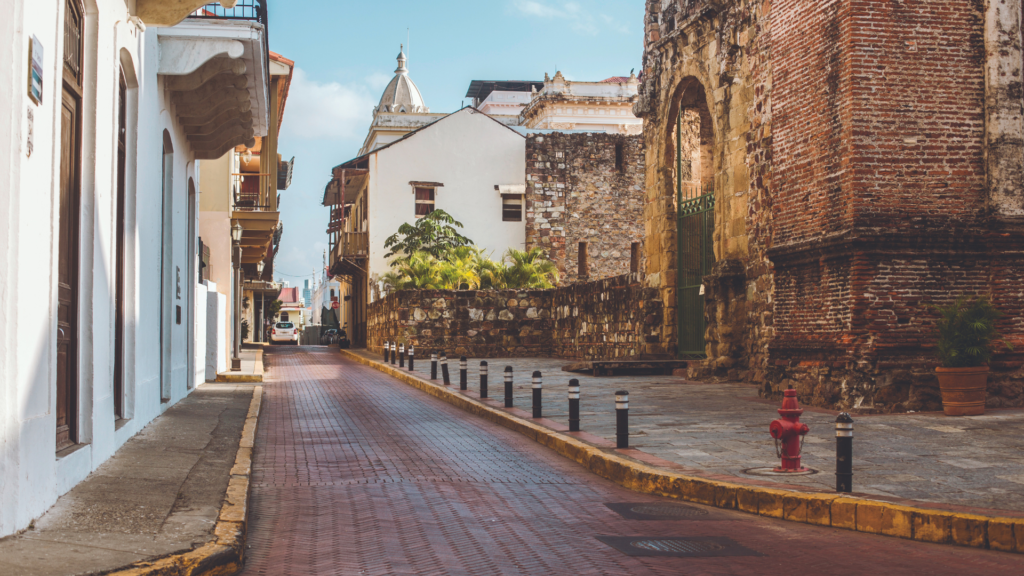
What To Expect In Panama
Panama is a vibrant destination known for its iconic Panama Canal, diverse wildlife, and the perfect mix of city life and natural beauty. From the bustling streets of Panama City to serene islands and rainforests, Panama offers something for every traveler. Visitors can expect warm hospitality, rich cultural experiences, and an endless array of outdoor activities that showcase the best of Central America.
Language: The official language in Panama is Spanish, but English is widely spoken in tourist areas, especially in Panama City and along the Caribbean coast. Many locals working in tourism, hospitality, and urban businesses are fluent in English, making it easy for English-speaking travelers to navigate the country.
Currency: Panama uses the Panamanian balboa (PAB), but U.S. dollars (USD) are also widely accepted and serve as the primary currency for paper transactions. The balboa is pegged 1:1 with the U.S. dollar, so the exchange rate is simple—1 USD equals 1 PAB. Credit cards are accepted in most hotels, restaurants, and shops in urban areas, but it’s helpful to carry cash for smaller purchases or in rural regions. ATMs are available throughout Panama, providing easy access to cash when needed.
Things to Know: Panama is a safe and welcoming country, but there are a few important things to know. Tipping is customary in Panama, with 10-15% typically appreciated in restaurants. Panama has strict environmental laws, so visitors should avoid littering and respect local wildlife. While tap water is safe to drink in Panama City and some urban areas, bottled water is recommended in rural locations. It’s also helpful to have some Spanish phrases ready, as not all locals outside of major tourist areas speak English.
Climate: Panama enjoys a tropical climate, with warm temperatures year-round, averaging between 75°F and 85°F (24°C to 29°C). The dry season (December to April) is the most popular time to visit, offering sunny days and ideal conditions for beach activities, hiking, and exploring outdoor attractions. The rainy season (May to November) brings lush landscapes and fewer crowds, though travelers should be prepared for frequent showers, particularly in October.
With its English accessibility, convenient currency, and year-round tropical climate, Panama is an ideal destination for first-time visitors seeking adventure, culture, and relaxation.
